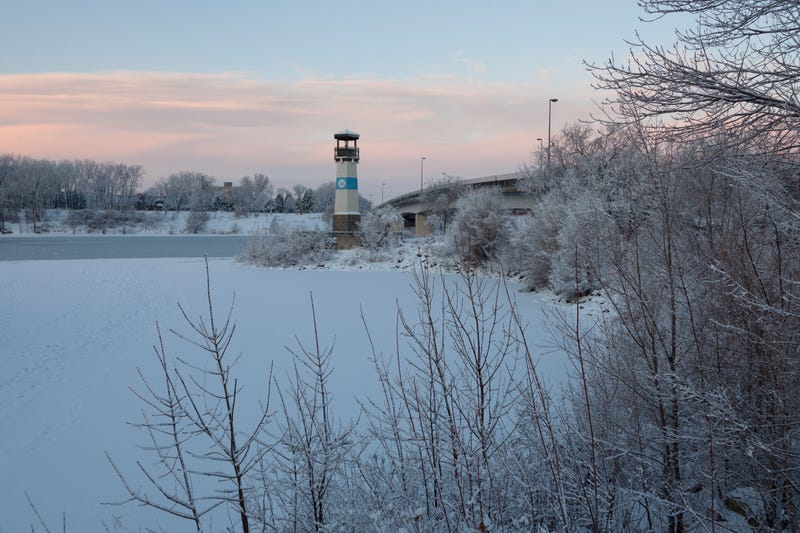
Minnesota is seeing fewer nights with zero or colder temperatures according to data from the Minnesota State Climatology Office.
Minnesota DNR climatologist Pete Boulay says that's the case all around the state.
"Milan out in Chippewa County, looking back to 1893, their average zero or colder is about 41 nights a year," says Boulay. If you just look at the 21st century, it's about 32 nights a year. So basically, nine nights of zero or colder."
The Twin Cities averages about 22 nights of zero or colder temps. There have been six of those nights this year which ties the total amount of nights as last winter, one of the warmest in Minnesota's history.
"The last time we had a winter that was above normal for zero or colder was the winter of 21-22, where we had 27," says Boulay. "Last winter we only had six nights, so far this winter we're right at six."
Former WCCO Meteorologist Paul Douglas noted on social media that in the Twin Cities, just since 1980, we're seeing around 11 fewer days per year below zero. And if you're remembering the brutally cold winter of 2014 with 50 subzero lows, that is the exception, not the rule.
There are a few factors at play. One of them is a lack of snow pack.
"Temperatures with that white, reflective snow cover out there, you know, 10 degrees colder could be what would happen if you had a nice fresh snow cover out there," explains Boulay. "So even though we've been cold, if we had a snow pack right now it'd be a lot colder."
The Twin Cities being a so-called "heat island" also drives temperatures up.
"We have a lot of dark surfaces, pavement, buildings and such," Boulay says. "They're very good absorbers of solar radiation, even though we don't get a lot of solar radiation in January. But it's enough to boost up the temperature a little bit."
Boulay adds that there are winners and losers when it comes to the decrease of nights of zero or colder temps.
"There's winners and losers in any climate scenario," he says. "The winners in this one would be, if you don't have a snowpack, you don't have to use salt and sand on the roads. We don't get as cold, so if we don't get as cold, you save money on your heating bills."
"The flip side to that is, pests that would normally die if it gets really cold, there's certain thresholds of where insects can't survive over the winter if it gets down to -20 or-30," Boulay continues. "Things like emerald ash borer can die off. If we don't get as cold, they can survive the winter, come back in greater numbers for the next year. So that's one of the negatives there too."
Boulay also notes that the lack of snow, like what's happening this winter so far, hurts the businesses that depend on winter recreation.
